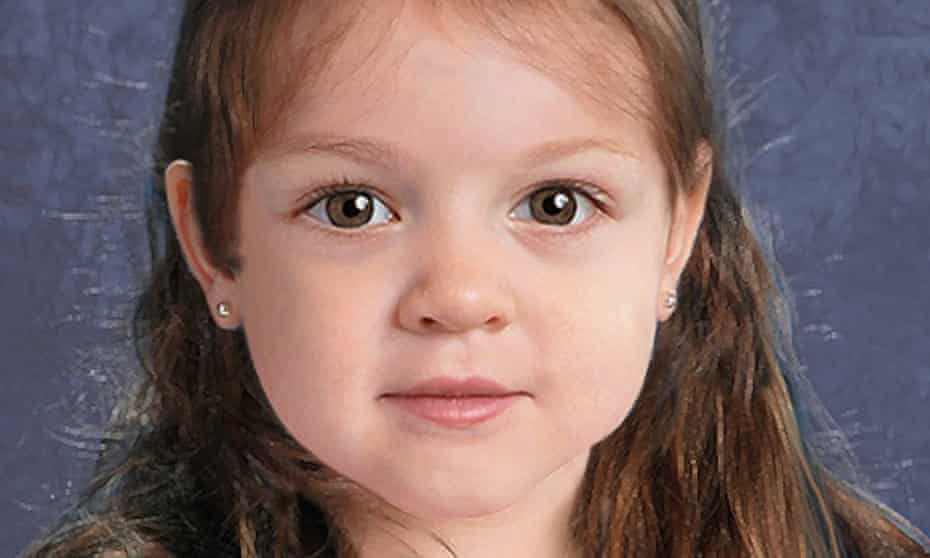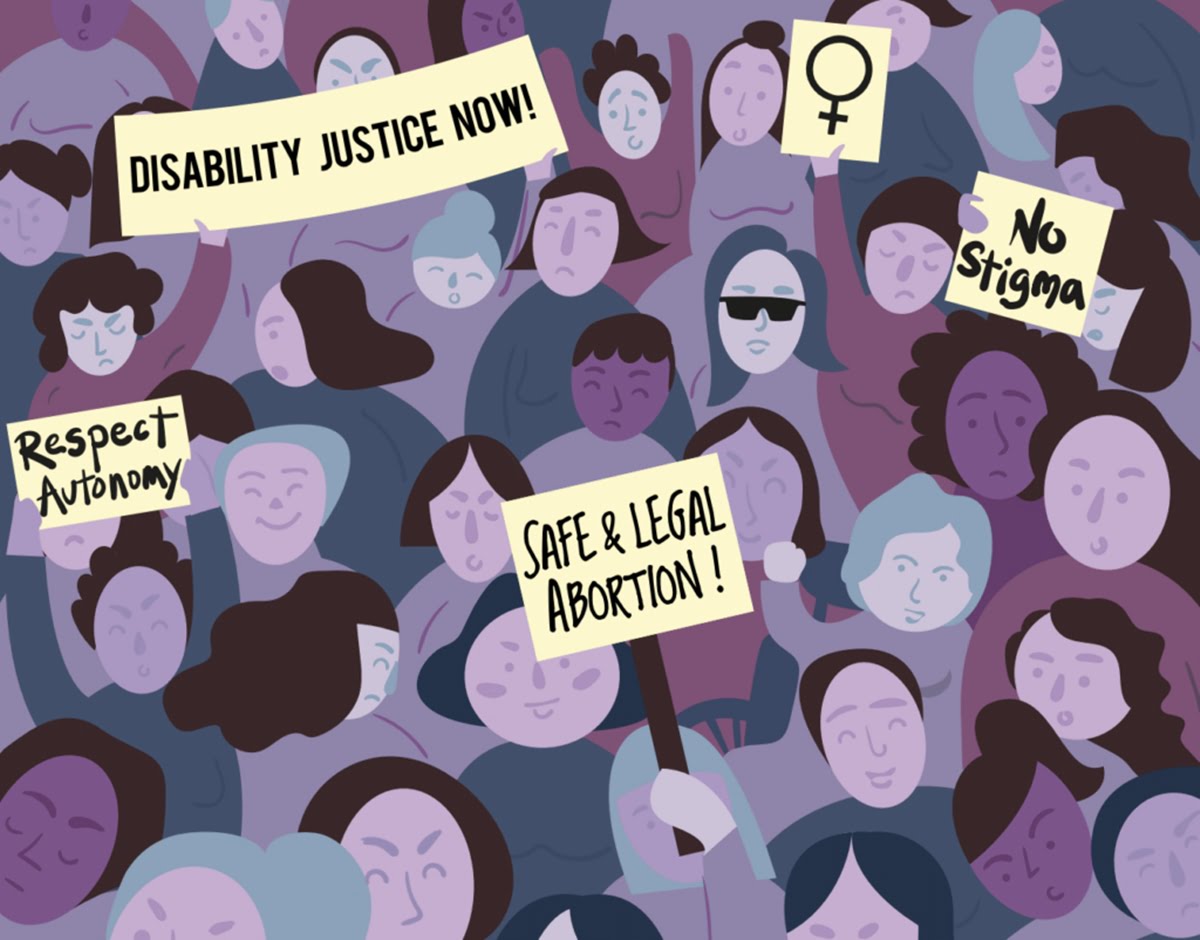History bears testimony to the fact that, unlike abortion rights, disability rights has always been on the periphery of continuing socio-political discourse. While the subject of abortion has recurrently been under strict political, religious and social scrutiny, disability rights movement (henceforth referred to as DRM) is relatively new to the arena of such extensive global social movements. What makes the case of DRM and abortion rights even more precarious in today’s time is the intersection of their conflicting individual interests and beliefs. Thus, while the age-old feminist movement backs abortion rights for reasons of reproductive justice and women’s rightful autonomy over their bodies, the DRM condemns the former for often overlooking the disability bias in the implementation of selective abortion laws.
Selective-abortions or what Smitha Nizar calls ‘social-abortions’ are prevalent practices of permitting abortions on the sole grounds of undesirable traits such sex, illness, disabilities etc. Whether it’s the United States of America or India, practices of selective abortions have been found in various forms and designs in society and law across various nations, cultures and jurisdictions. The debate on selective abortion which puts the foundational ethical precepts of fundamental equality, dignity of all human beings and the contested rights to either choice or life against each other, has been a site for moral dilemma for feminists and disability-rights advocates and a potent source of conundrum for the institution of law.
Also read: Navigating Trauma: An Account Of Being A Disabled Sexual Abuse Survivor
Whether it’s the emergence of Baby Doe cases in the United States of America or the enactment of Pre-Conception and Pre-Natal Diagnostic Techniques Act, 1994 (henceforth referred to as PNDT) in India, the puzzling lack of discussion on disability in national and international forums reflects the ambiguity and the societal ambivalence around the cardinal issue of disability. More than the deficit, it is the misinterpretation of the disability discourse that has become a sore spot and a common contention for both the feminist groups and the disability-rights activists.

Selective-Abortions and Socio-Medical Construct of Disability
“The absence of a capacity is not necessarily bad, the opposite of having a capacity is not having it, having it and not having it can be equally legitimate ways of living a life.”
From the ancient texts of Manu to the contemporary laws of selective abortions, disability has always been construed as a marker of human deviation and limitation. Perpetually interpreted as an undesirable trait, disability has been cast as synonymous to illness. Socially, it embodies what Erving Goffman calls ‘the spoiled identity’ or what Mary Douglas refers to as ‘pollution’.
The dominant narrative, which is also known as ‘the medical model’ of disability, characterises people with disabilities as lesser and incapable beings, undeserving and unworthy of a human life. The medical model defines disability as an economically hefty suffering and affliction that bears heavy socio-cultural repercussions and costs. It is on the bedrock of this flawed yet prevalent understanding of a disabled body and disability, that the medical model rhetoric justifies and defends the use of prenatal and preconception techniques which further facilitates the greater evil of disability selective abortions.
The dominant narrative, which is also known as ‘the medical model’ of disability, characterises people with disabilities as lesser and incapable beings, undeserving and unworthy of a human life. The medical model defines disability as an economically hefty suffering and affliction that bears heavy socio-cultural repercussions and costs. It is on the bedrock of this flawed yet prevalent understanding of a disabled body and disability, that the medical model rhetoric justifies and defends the use of prenatal and preconception techniques which further facilitates the greater evil of disability selective abortions.
While abortion and pre-natal techniques are not challenged in and of itself, it is argued that its use against foetuses with disabilities is morally, ethically and legally inappropriate. Unlike other countries, abortion, as a social and political affair, has never been under siege in India. As argued by Kavana Ramaswamy, abortion rights in India were more a product of paternalism than that of feminist lawyering.
Thus, the philosophical imports of viability of life and ‘pro-life versus pro-choice’ dialectic were never as contentious as they are even today in the United States and other western nations. Laws such as the Medical Termination of Pregnancy Act, 1971 (henceforth referred to as MTP Act) were purposed more to curb the menace of a growing Indian population than for reproductive justice and women’s rights.
However, arguably Indian abortion law was ahead of its time in 1971 and it still holds equivalent legal and social acceptance, if not more. What now poses a challenge to the unblemished reign of abortion laws in India is the advent of the disability rights movement and its advocacy against the medical perception of disability which has historically positioned disability as a popular, justified and legitimate ground for selective-abortions.
Challenging the medical model of disability through the social model, the DRM opposes selective-abortion practices under Section 3 of the MTP Act, 1971 and Section 4 of the PDNT Act, 1994 for being ableist and discriminatory. While such laws on selective abortions are relatively recent in time, it is argued that what had kindled the gamut of disputes on abortion and thereby on selective abortion is the relocation of childbirth from the home to the medical institutions in form of hospitals and maternity clinics.
Challenging the medical model of disability through the social model, the DRM opposes selective-abortion practices under Section 3 of the MTP Act, 1971 and Section 4 of the PDNT Act, 1994 for being ableist and discriminatory. While such laws on selective abortions are relatively recent in time, it is argued that what had kindled the gamut of disputes on abortion and thereby on selective abortion is the relocation of childbirth from the home to the medical institutions in form of hospitals and maternity clinics.
In other words, what has incited the regimen of prenatal diagnostics and foetal scrutiny is the medicalisation of human birth. By positing childbirth as a medical act, medical institutions in cahoots with the state extended its reach in the private domain of human life and monopolised what has always been a natural and organic act. It is also asserted that in addition to the aforementioned medical model of disability, it is also the medical gaze of pregnancy and human reproduction that has problematised the problem at hand.
Also read: Disabled Bodies Navigating Abuse & Violence: #DisabledWomenRiot
Similar to disability, by viewing pregnancy as a socially deviant condition, medical surveillance was instituted as a human necessity and obstetricians and other medical professionals were cast as the lead decision makers for women’s bodies and the foetuses. Therefore, the ever-growing political, social and cultural authority of doctors led to the scrutiny of the mother and the foetal body, which arguably played a divisive role in redefining human reproduction in general and abortions in particular. Since, the epistemic community of medical professionals have determined and transformed certain categories of people into patients and certain behaviour as illness, they were able to objectively pick and choose which human being is to be born and which is not, something which is now reflected in laws and policies as well. Therefore, with the concomitant of state, law and the society at large, what the institution of medical science and its human agents continue to do is in itself a euphemism for eugenics.
References
Smitha Nizar, ‘The Contradiction in Disability Law: Selective Abortion and Rights’ (Oxford University Press, 2016) 16.
Adrienne Asch, ‘Disability Equality and Prenatal Testing: Contradictory or Compatible?’ 2003 30(2) Florida State University Law Review 34.
John Muller, ‘Disability, Ambivalence and the Law’ (2011) 37 Am JL & ED 469.
Erving Goffman, ‘Stigma: Notes on Management of Spoiled Identity’ (Harvard University Press, 1963).
Mary Douglas, ‘Pollution’ 1968 12 International Encyclopaedia of the Social Sciences (Macmillan) 336.
Anita Ghai and Rachana Johri, ‘Prenatal Diagnosis: Where Do We Draw the Line?’ 2008 15(2) Indian Journal of Gender Studies 291.
Kavana Ramaswamy, ‘Addressing Abortion: Lessons from the Problems of Female Feticides in India’ (2017) 27 Transnational Law and Contemporary Problems 1.
Aneesha Bedi and Apoorva Mandhani, ‘India’s abortion law—ahead of its time in 1971 but now behind science, societal demands’: ThePrint <https://theprint.in/india/indias-abortion-law-ahead-of-its-time-in-1971-but-now-behind-science-societal-demands/244884/> accessed on 12th January 2021.
Featured image source: msmagazine
About the author(s)
Anmol Ratan is a fourth-year law student at the National Law School of India University, Bengaluru. His core research lies in the field of critical race theory, law and development, international law and human rights law. He has previously authored articles on caste, gender, marginality intersectionality and the law. He is currently working as a Research Assistant
to Prof. Dipika Jain (Dean, Jindal Global Law School). He is also an editor at NLSIR, a flagship law review at the National Law School, Bengaluru.




